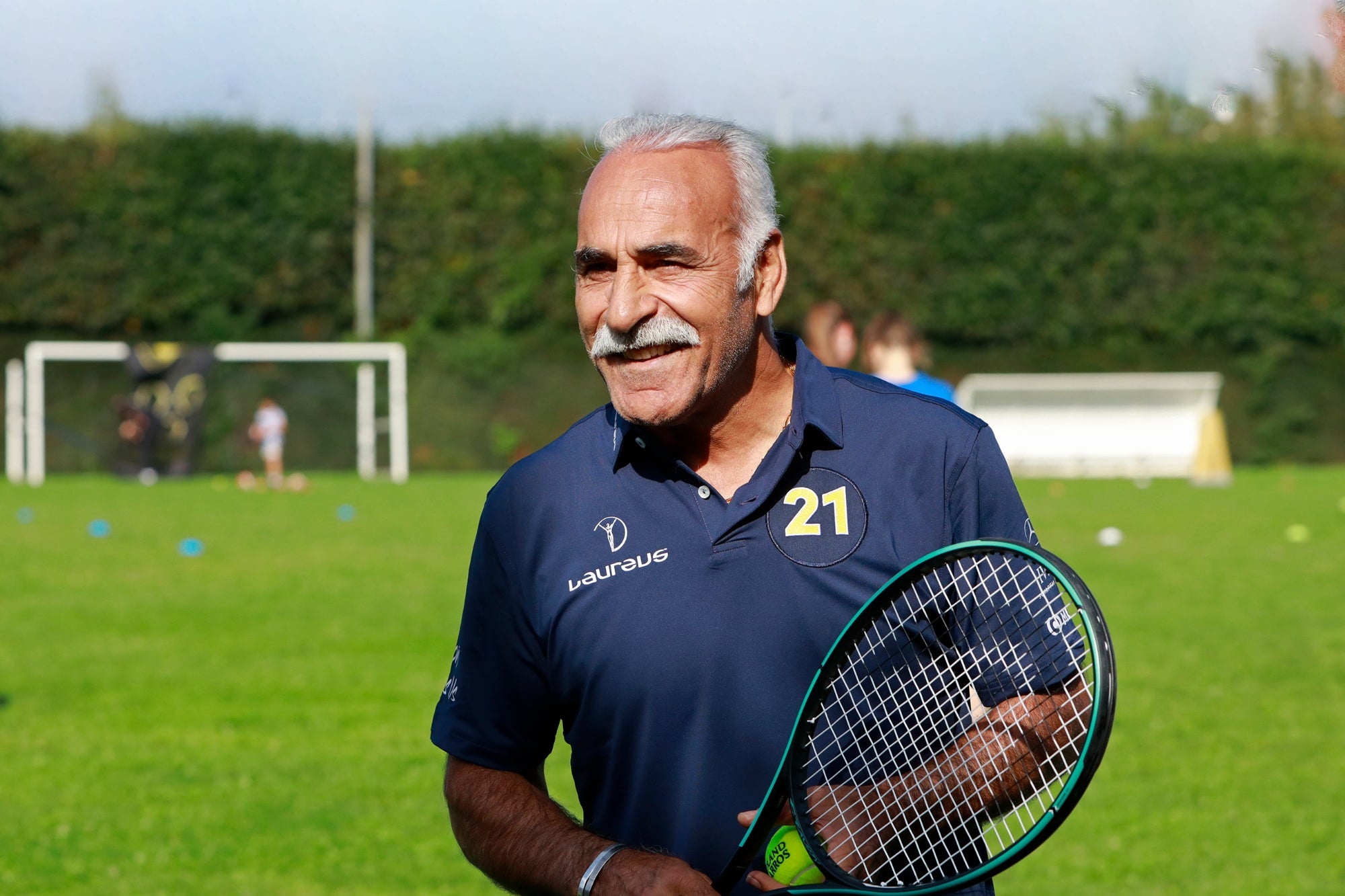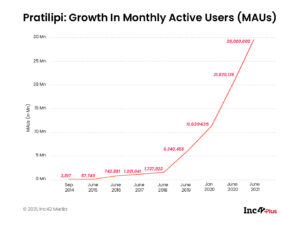Imagine a little boy watching a couple of adults play tennis at a sports club in a city in Iran. He is the son of one of the gardeners who keeps the courts impeccable and although he is dying to play, he is forbidden to do so: it is the 1960s and tennis is a sport reserved for the wealthy classes in his country.
 Julien M. Hekimian | Getty Images
Julien M. Hekimian | Getty Images Imagine that same child with amazing talent: a magician with the ball and the racket, capable of doing things that seem physically impossible. Mansour Bahrami still doesn’t know he has it, but the sport draws his attention so much that he starts working as a ball catcher and experimenting with whatever he has at hand: pans, boards, kitchen utensils and any type of ball, even if it isn’t tennis, to mimic what you see on the courts.
Mansour follows the players with his eyes, imitates them, surpasses them because he is a little genius.
His ability is so amazing that the Iranian tennis federation recruits him to play at the age of 13 and at 16 he disputes his first Davis Cup against Briton Roger Taylor. He loses by a score of 6-0, 6-0, 6-2, but the defeat does not matter because the young man enjoys the game and what was once a dream begins to loom as a possibility: becoming a professional tennis player.
The Ayatollah Khomeini and the first great test
As is often the case in all great stories, things get complicated: after the shah’s overthrow, Ayatollah Khomeini comes to power in 1980 and bans tennis in Iran as a decadent Western activity. Through a decree the magic of Mansour Bahrami is hidden from the world’s view and the young man has to choose between leaving his family and his country, or stop playing tennis.
For three years he does not hit a single ball.
In 1983 the Ayatollah’s measures are relaxed a bit and a single tournament is organized in Terán. Mansour participates and wins. The prize is a plane ticket to travel to Athens that the young man decides to give to his girlfriend, but she does not accept it. He tells him that he is the one who must use it to leave the country and travel to a place where he can play tennis. With his pockets full of dreams, the young man leaves his country and his family behind and goes to France in search of a new life.
The second great test, the streets of Paris
The idea of living in France appeals to him for one simple reason: there are hundreds of tournaments with cash prizes. He knows that any of them can win, he knows that he is the best. Life, however, is much more expensive than I imagined. In an effort to win money, Mansour bets it all, and loses it. Far from his family and in a foreign country, the young man has nowhere to stay, he wanders the streets of the city and spends his nights in front of the Roland Garros stadium.
Many years later Mansour will confess: “Roland Garros was a home for me. When I had nowhere to live, I walked the streets of Paris all day and slept on a bench at door number 13. When we risk everything to fulfill our dreams, a lucky star may appear to guide our way. Roland Garros will always be that star in my heart.”
When we risk everything to fulfill our dreams, a lucky star may appear to guide our way.
His tourist visa expires and Mansour becomes an illegal immigrant. The idea of tennis goes into the background. When he sees the police he flees to avoid being deported and getting a job becomes increasingly difficult. Until a miracle happens: convinced of his talent and despite his illegal status, Mansour signs up for the French tennis open and beats the third best player in the tournament. His cheerful style wins the hearts of the public. The story of the young man who left everything to pursue a dream captivates the country and several politicians offer him their help to fix his immigration status and later, grant him French nationality.
At the age of 30, Bahrami finally becomes a professional player affiliated with the ATP. He has fulfilled his dream, but he has lost nine years of his life. He is no longer a young player and although at 33 he manages to reach the French Open final in doubles alongside Eric Winogrdasky, his best days as an athlete are behind him.
The art of redefining your path
Far from lamenting, Mansour embraces his destiny. In a post on his website , he comments, “I love to play. I love to feel like people are having fun watching me. I can’t tell you how many games I’ve lost that I probably should have won because you’re joking around. Sometimes I win, but I do feel like the audience hasn’t enjoyed it that much, I feel upset. I love making them laugh. When the audience laughs, I’m the happiest man in the world.”
Aware that he is already a mature player, Mansour Bahrami invents a new persona based on the traits that characterize his style of play and begins to participate in events and exhibition matches. He is cheerful, creative, witty and unique. A kind of actor, jester and circus performer who captivates whoever sees him. Seeing it in action is a pleasure. It hypnotizes and attracts glances. He is sought after and respected by the greatest players like Novak Djokovic , Roger Federer and Rafael Nadal . John McEnroe has referred to him as “a genius” and Rod Laver has described him as the most naturally talented player to ever pick up a racket in tennis history.
In the story of Mansour Bahrami there is a huge lesson: even if things don’t turn out as you expect , despite revolutions, accidents and obstacles, you can always redefine the path, reinvent yourself and reach the goal through a different route than the one you imagined.
What Mansour wanted was to play tennis and at 65 he still does. And he has become a legend, although he has not been “the” champion.
[embedded content]










